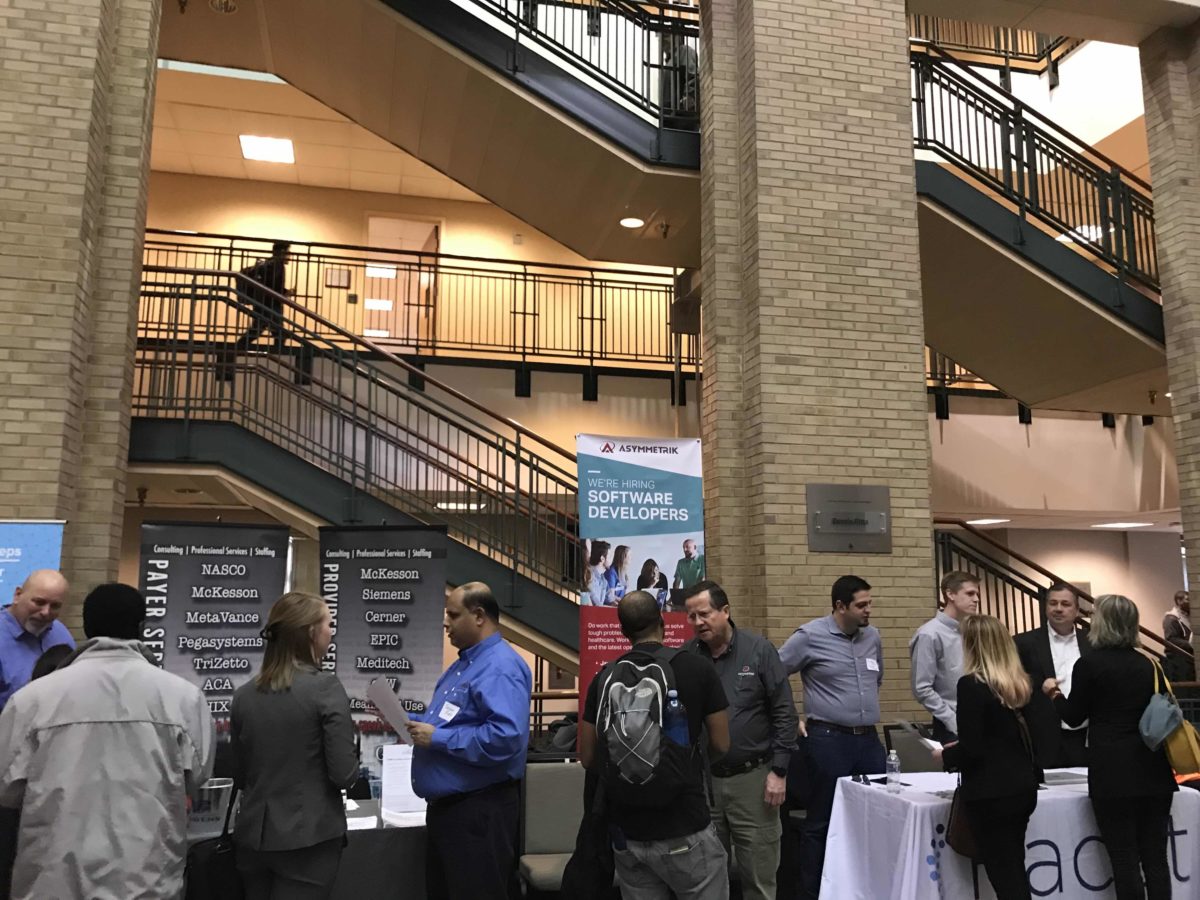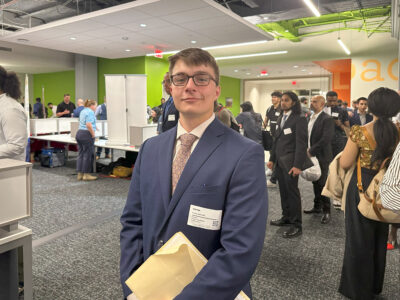The stories of the people seeking jobs in Baltimore’s tech community indicate it’s attracting plenty of interest. But it always helps to have data to know where you stand.
Last month, we dug into the numbers behind growth in tech jobs in the region. This month brings a chance to look at where Baltimore stacks up.
In its annual Cyberstates report, tech industry association CompTIA looks at numbers in both metro areas and states and offers some comparison points. So let’s take a look:
The Baltimore metro area, which is classified as Baltimore-Towson-Columbia, posted 2 percent growth in tech jobs between 2017 and 2018, bringing the total to about 136,000 jobs. This includes people working in the tech industry, tech occupations within other industries and those who are self-employed. Compared with other areas reviewed, the Baltimore area ranks 21st for net tech employment.
When it comes to the overall economic impact, the tech sector has a contribution of $21.6 billion, or 11.9 percent of the economy. That’s good for a rank of 15th in comparison to other areas.
These were among the numbers that led CompTIA to name the city one of 20 locales on its “Tech Towns” index late last year. That report said growth is expected to continue, with projected gains of 8 percent over the next five years.
Panning out to a statewide view, Maryland also posted gains. The state added 3,700 tech jobs between 2017 and 2018, good for 1.3 percent growth up to 289,000 workers. Maryland is also in the top 10 for concentration of tech jobs, at 10.2 percent. Overall, the Free State ranks 16th in for net tech employment.
Impact-wise, the state’s tech sector accounts for 11.7 percent of the overall economy, contributing $41.7 billion, the report states.
“Clearly the broad-based impact of the tech industry touches virtually every community, industry and market across Maryland, especially when you consider the thousands of knowledge workers who rely on technology to do their jobs,” Todd Thibodeaux, president and CEO of CompTIA, said in a statement.
Before you go...
Please consider supporting Technical.ly to keep our independent journalism strong. Unlike most business-focused media outlets, we don’t have a paywall. Instead, we count on your personal and organizational support.
3 ways to support our work:- Contribute to the Journalism Fund. Charitable giving ensures our information remains free and accessible for residents to discover workforce programs and entrepreneurship pathways. This includes philanthropic grants and individual tax-deductible donations from readers like you.
- Use our Preferred Partners. Our directory of vetted providers offers high-quality recommendations for services our readers need, and each referral supports our journalism.
- Use our services. If you need entrepreneurs and tech leaders to buy your services, are seeking technologists to hire or want more professionals to know about your ecosystem, Technical.ly has the biggest and most engaged audience in the mid-Atlantic. We help companies tell their stories and answer big questions to meet and serve our community.
Join our growing Slack community
Join 5,000 tech professionals and entrepreneurs in our community Slack today!






